By studying the DNA of calculus, a form of a hardened dental plaque, found in neanderthals tooths, researchers now know much more about what the neanderthals ate.
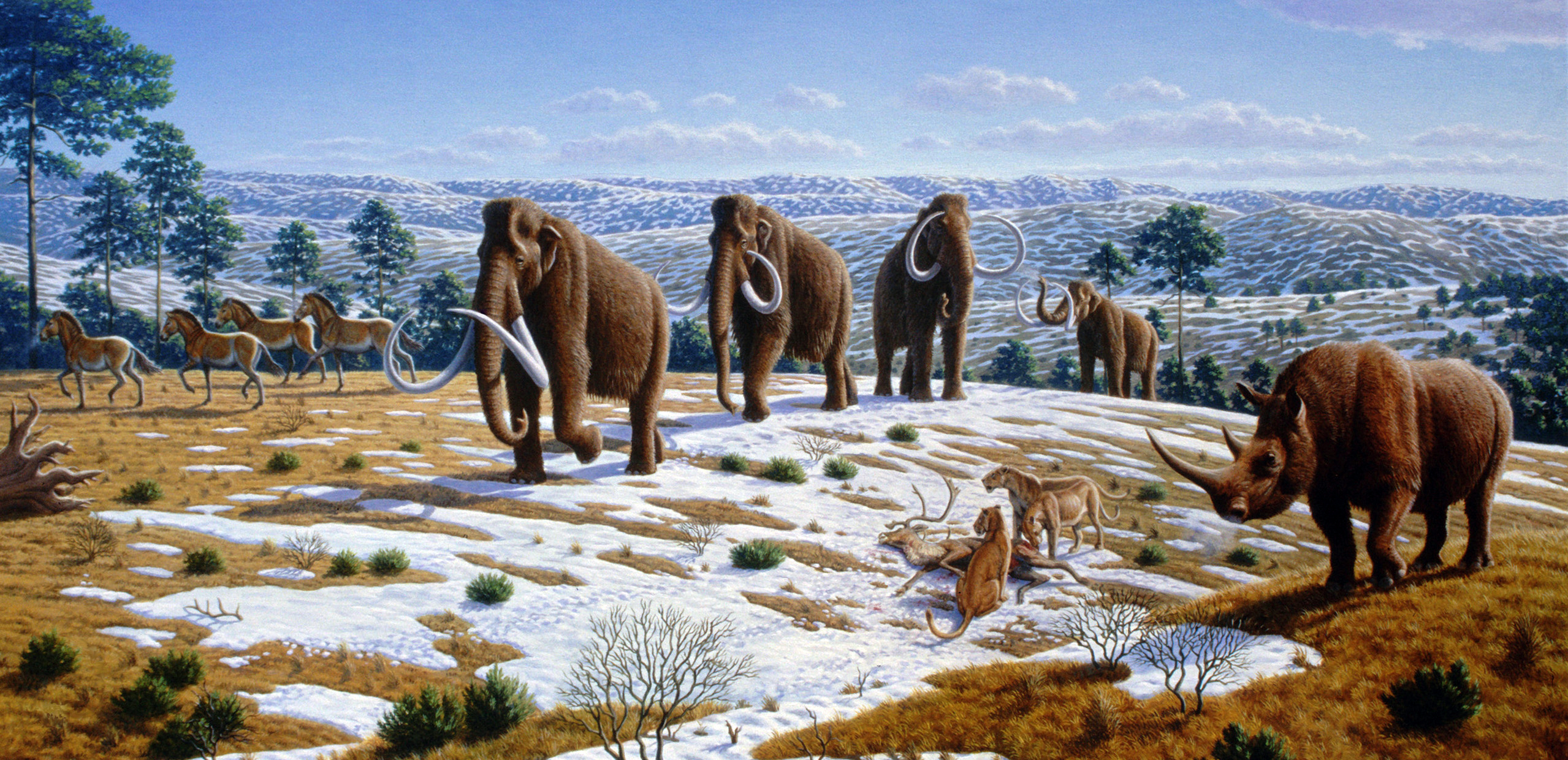
Research has previously shown that our extinct relatives ate a varied diet. This new study gives us a more detailed picture of their eating habits.
It has previously been shown that the neanderthals ate mostly meat and plants, and in some cases, even the types of plants. Now, researchers can be more specific and for example, say that that Neanderthals in Belgium ate wooly rhinoceros.
In the study, the researchers have succeeded in producing the DNA of calculus from three Neanderthals found in Belgium and Spain. Then, by mapping the DNA sequences, it was revealed to us that Spanish Neanderthals ate mushrooms, moss, and nuts. The calculus from the Neanderthals from Belgium showed traces of meat from the wooly rhinoceros and wild sheep.
The calculus from one of the Spanish Neanderthals revealed traces of the tree species poplar, that has an analgesic effect and also mushrooms containing natural penicillin. It is therefore believed that this Neanderthal purposely self-medicated since there is little nutritional value eating either of these. Analysis of this man’s jawbone also revealed a nasty case of an abscess inside his jawbone. He was probably in severe pain, but it does appear as if he received good care.
“Apparently, Neandertals possessed a good knowledge of medicinal plants and their various anti-inflammatory and pain-relieving properties, and seem to be self-medicating. The use of antibiotics would be very surprising, as this is more than 40,000 years before we developed penicillin. Certainly, our findings contrast markedly with the rather simplistic view of our ancient relatives in popular imagination.”, lead author Dr. Laura Weyrich, ARC Discovery Early Career Research Fellow with ACAD, said to Science Daily.
Neanderthals died out some 30,000 years ago. Although more research is needed on more individuals to be able to say anything certain about regional differences, the more we know about their daily life and what they ate, the clearer the picture becomes of how Europe looked before our species arrived.
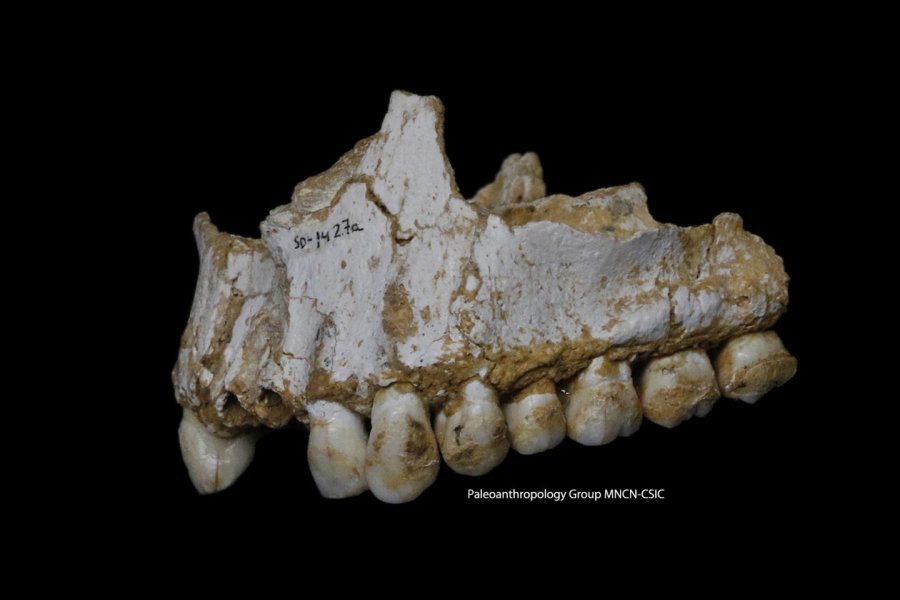
The Neanderthal menu
1. Pain and penicillin
A young Neanderthal man in the Spanish cave had eaten analgesic salicylic acid found naturally in poplar (like White Willow). Salicylic acid is the active ingredient in medicines Aspirin. He has also eaten by mold containing penicillin.
2. Vegetarian diet
The Neanderthals found in the Spanish cave seems to exclusively have been eating plant-based foods; mushrooms, pine nuts, forest moss and tree bark was found at the dinner table. There was no evidence to suggest that they ate meat.
3. Wooly rhinoceros,
The dinner table in the Belgian was very different, much more protein rich. The DNA analysis reveals that Neanderthals ate the now extinct wooly rhino. They also ate lamb and mushrooms. The researchers found bones from reindeer, mammoth and horse in the cave.
Diseases
Neanderthals suffered from the same kind of diseases we modern humans do. Bactria that causes tooth decay has been found.They suffered from gum inflammation that causes periodontal disease. The researchers found traces of a parasite that causes severe diarrhea.
In addition, scientists have identified more pathogens in Neanderthals revealing that life may have been tough. They may have suffered from whooping cough (Pertussis), tonsillitis, and gonorrhea.
The research study was led by evolutionary geneticist Laura Weyrich at Adelaide University in Australia and has been published in Nature.
Reference:
Laura S Weyrich et al. “Neandertahl behaviour, diet, and disease inferred from ancient DNA in dentalt calculus“. 9 Mars 2017. DOI: 10.1038/nature21674



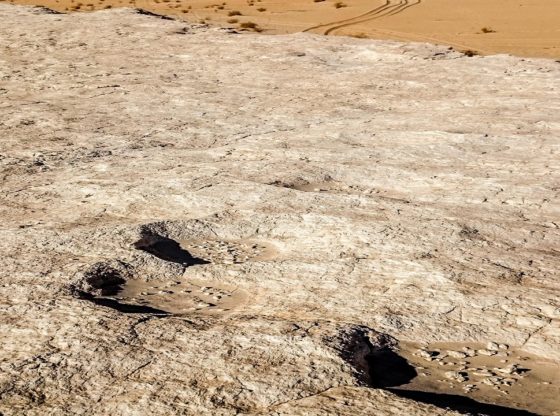
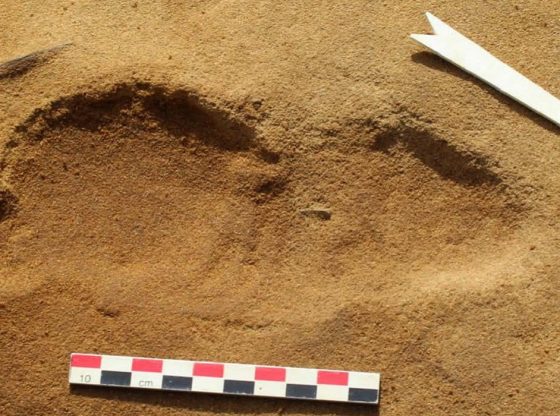
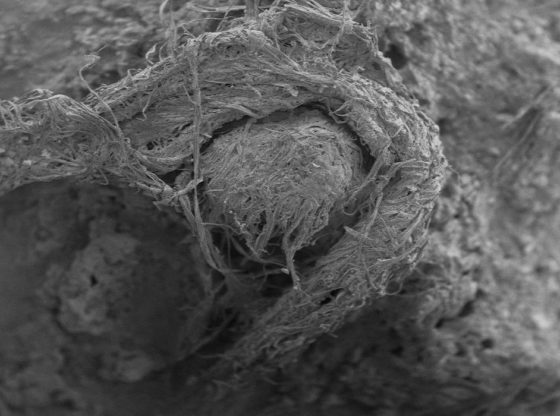
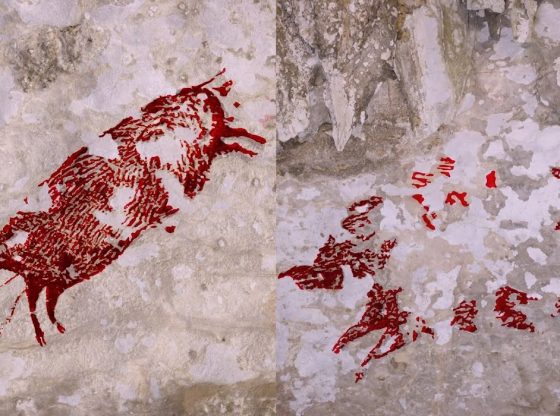
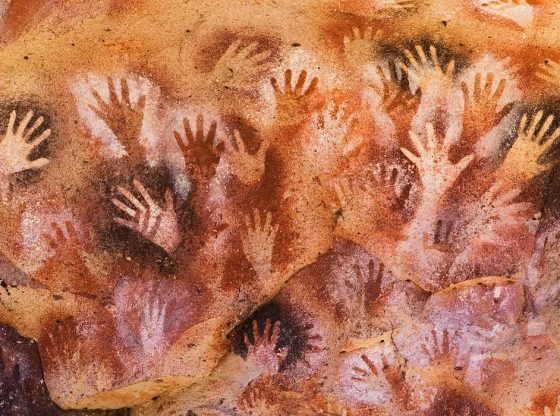
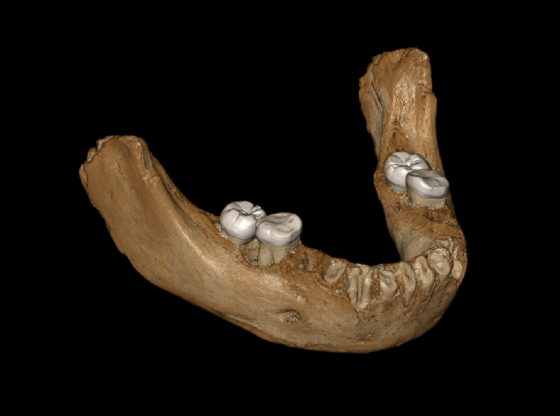
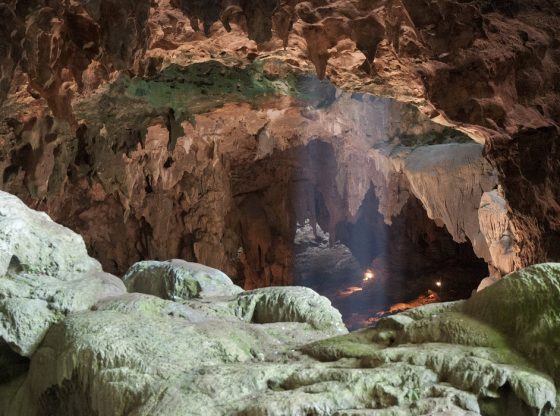
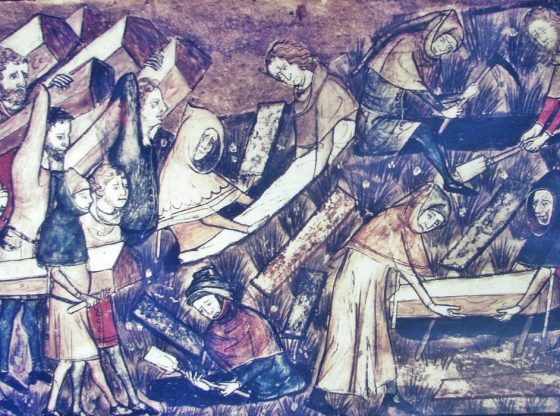
![OpenAI. (2025). ChatGPT [Large language model]. https://chatgpt.com](https://www.illustratedcuriosity.com/files/media/55136/b1b0b614-5b72-486c-901d-ff244549d67a-350x260.webp)
![OpenAI. (2025). ChatGPT [Large language model]. https://chatgpt.com](https://www.illustratedcuriosity.com/files/media/55124/79bc18fa-f616-4951-856f-cc724ad5d497-350x260.webp)
![OpenAI. (2025). ChatGPT [Large language model]. https://chatgpt.com](https://www.illustratedcuriosity.com/files/media/55099/2638a982-b4de-4913-8a1c-1479df352bf3-350x260.webp)








